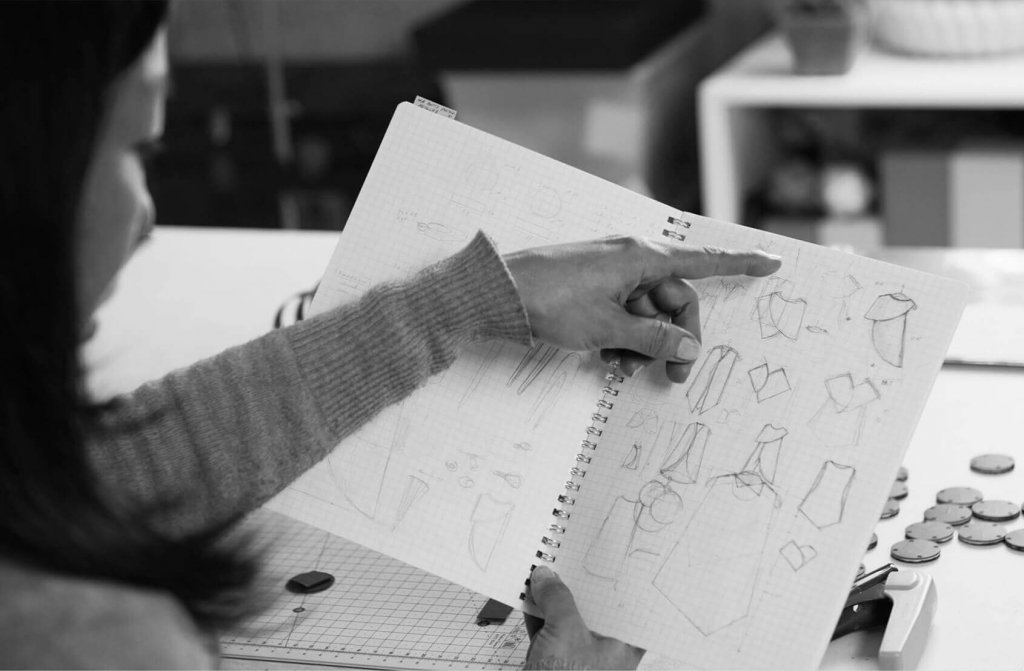Conversation with Giuseppe Bavuso
When did your collaboration with Rimadesio begin?
I met Davide Malberti in 1986 at a dinner in Cologne. We were the youngest ones around the table. We immediately clicked and this brought us together to design a number of small, primarily glass accessories, which were in line with the company’s product range at the time. The opportunity to present the project of a collection of sliding panels, which was a pretty ambitious system at that time, arose only some years later and it turned out to be a real turning point for Rimadesio.
Since then, you have been the only designer for the brand, a fact that is rather particular for the sector.
I believe the reason for this lies within the intricacies of the challenges we have been driving forward for over 30 years now. We started out by introducing new types of products such as sliding doors and panels, using a prevalence of materials such as glass and aluminium when the furniture sector’s entire offering was almost exclusively in wood.
We have developed a collection with these materials which is able to trace a precise style, creating essential but expressive products, with a highly technological core, which most certainly reflects my way of thinking and interpreting design. We have worked with great intensity on the basis of shared strategies, aiming to bring innovation and originality to the home design sector.
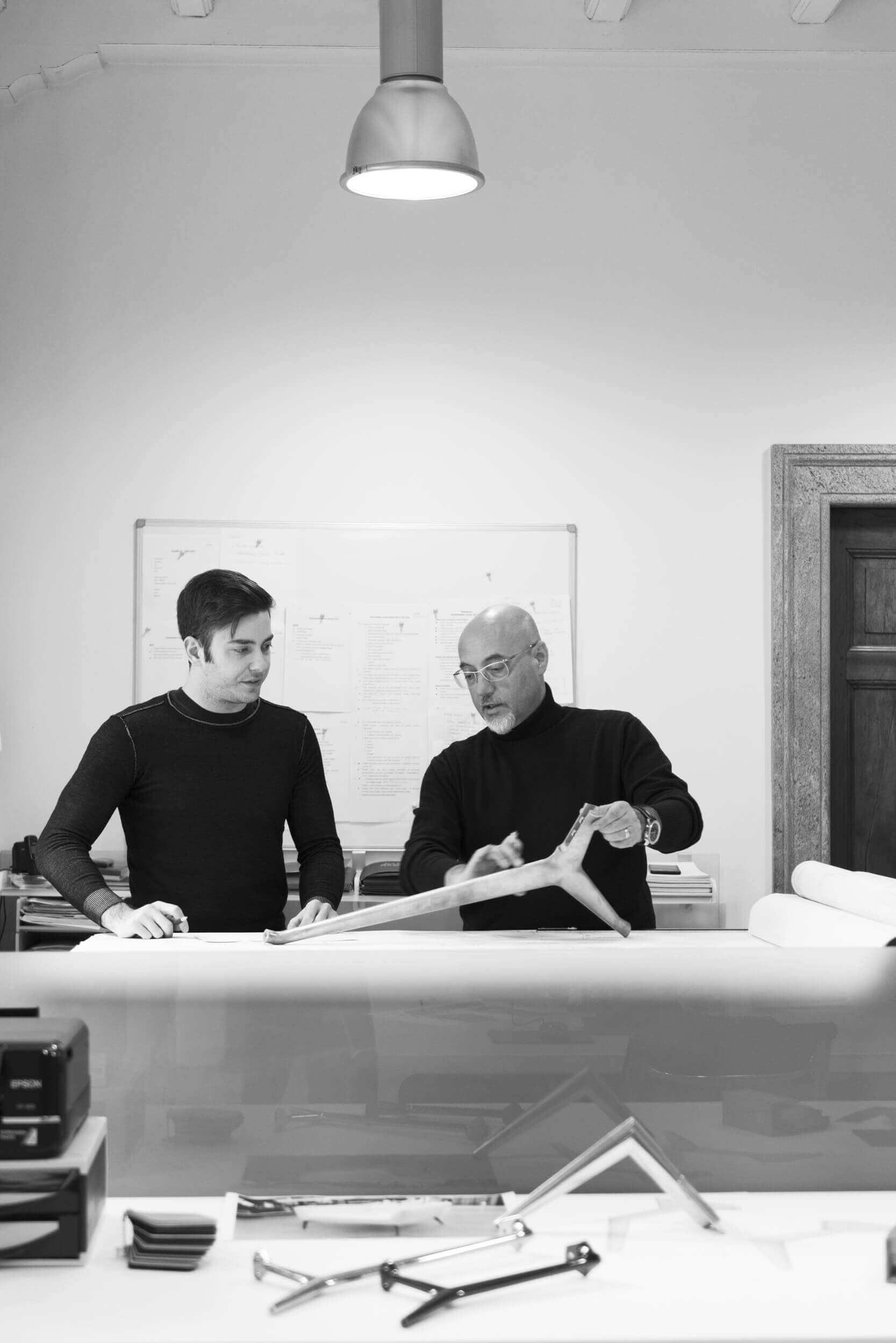
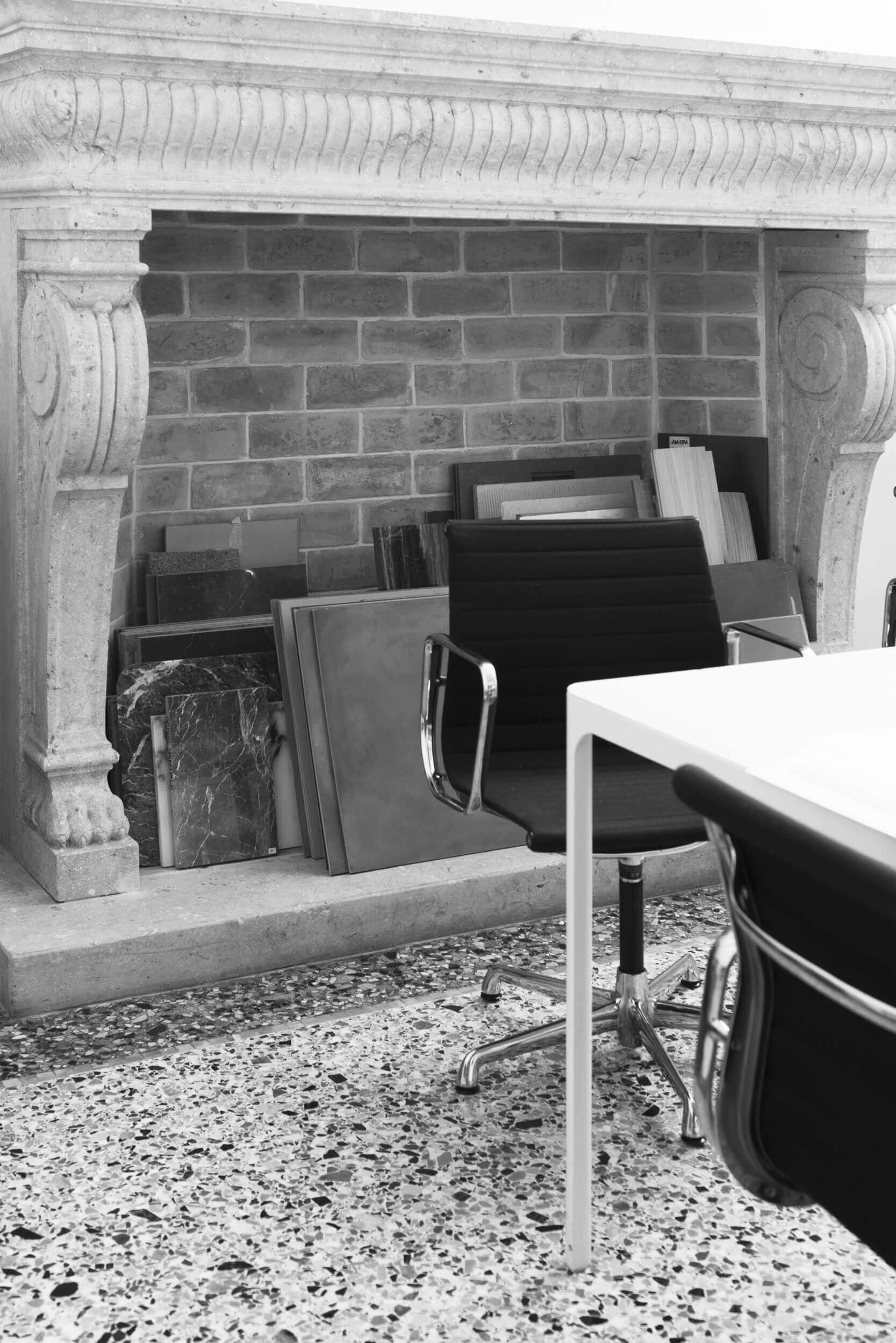
And if you could encapsulate your collaboration with Rimadesio in some key events, which ones would you choose?
Undoubtedly 1992 was a landmark year; that was when Siparium was launched, the first system of sliding panels in glass and aluminium, which can currently still be found in the collection. An extremely innovative project, which at that time had already encapsulated the quality of a series of other collections, swing doors, bookcases, walk-in closets, containers and accessories that have led Rimadesio to become the accomplished company it is today. Shortly afterwards, in 1995, I introduced Paolo Mojoli to the company; and since then he has been responsible for the image and communication of the company. The outstanding quality of his work continues to be one of the cornerstones of the brand’s success. Then, in 2003, the opening of the first single brand Rimadesio showroom in Milan: proof that the company had achieved such a clear and recognizable identity so as to be able to face the market on its own.
It was a fundamental moment, the first phase of a new distribution strategy that led up to the launch of our flagship store in Milan in via Visconti di Modrone, in 2012. Managed directly by Rimadesio, it immediately became a reference base for many professional sector operators. I remember that there was only a 3 month time frame from the acquisition of the space to its opening during Milan’s Furniture Fair. A truly extraordinary result if we consider that in that time frame we focused on the design project as well as the renovation works in the 800 square meter two-floor space area. A demonstration of the all-out harmony and trust on which my professional relationship with Rimadesio is based.
Rimadesio is a company increasingly more oriented towards the international market. Does this commercial development strategy affect your product choices?
The quality of the Made In Italy model, including all those products related to the home, is increasingly acknowledged internationally speaking and I firmly believe, therefore, that being yourself is the real key to success. On the condition that good design, technical innovation and manufacturing expertise are perceptible in every product.
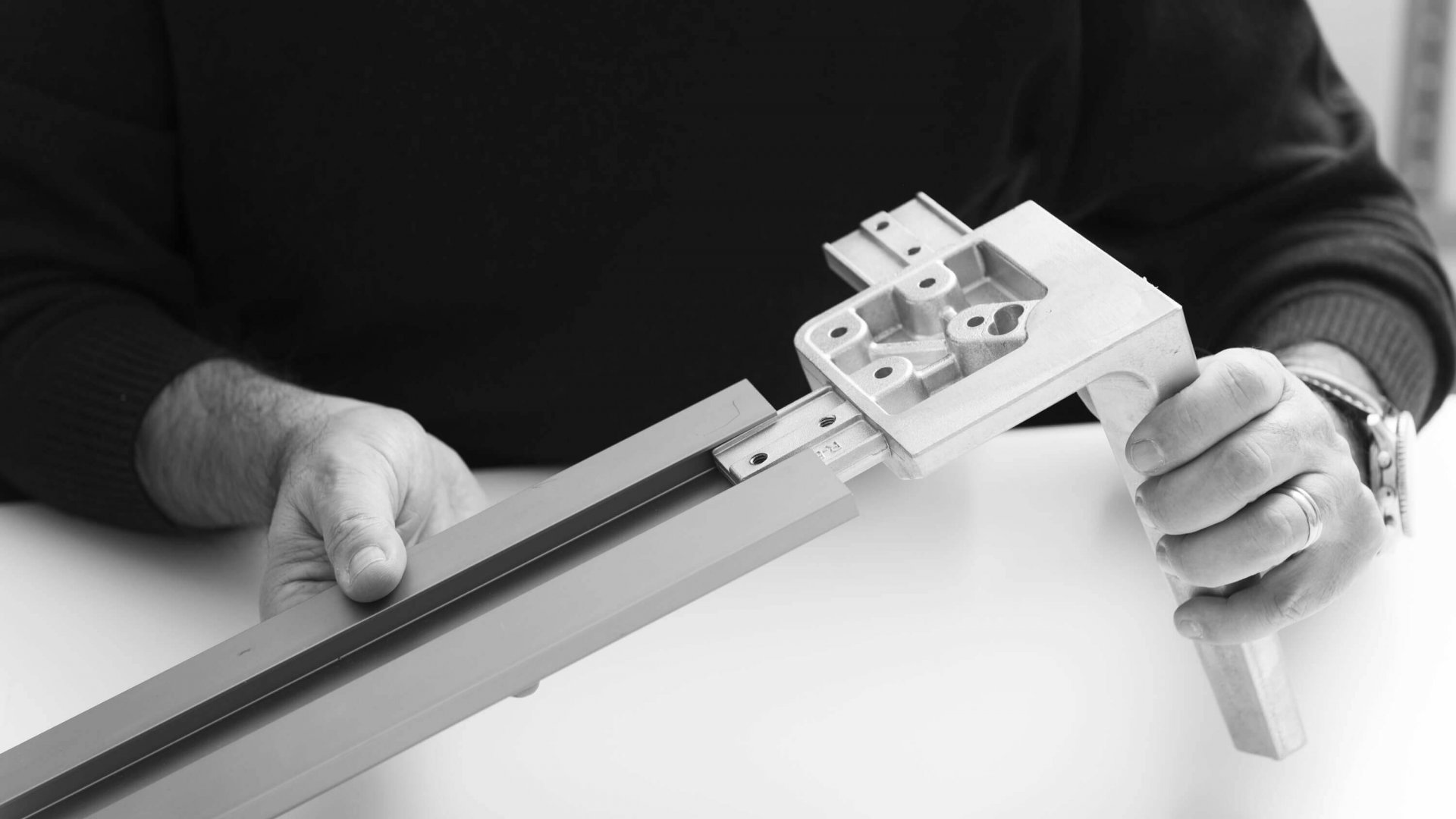
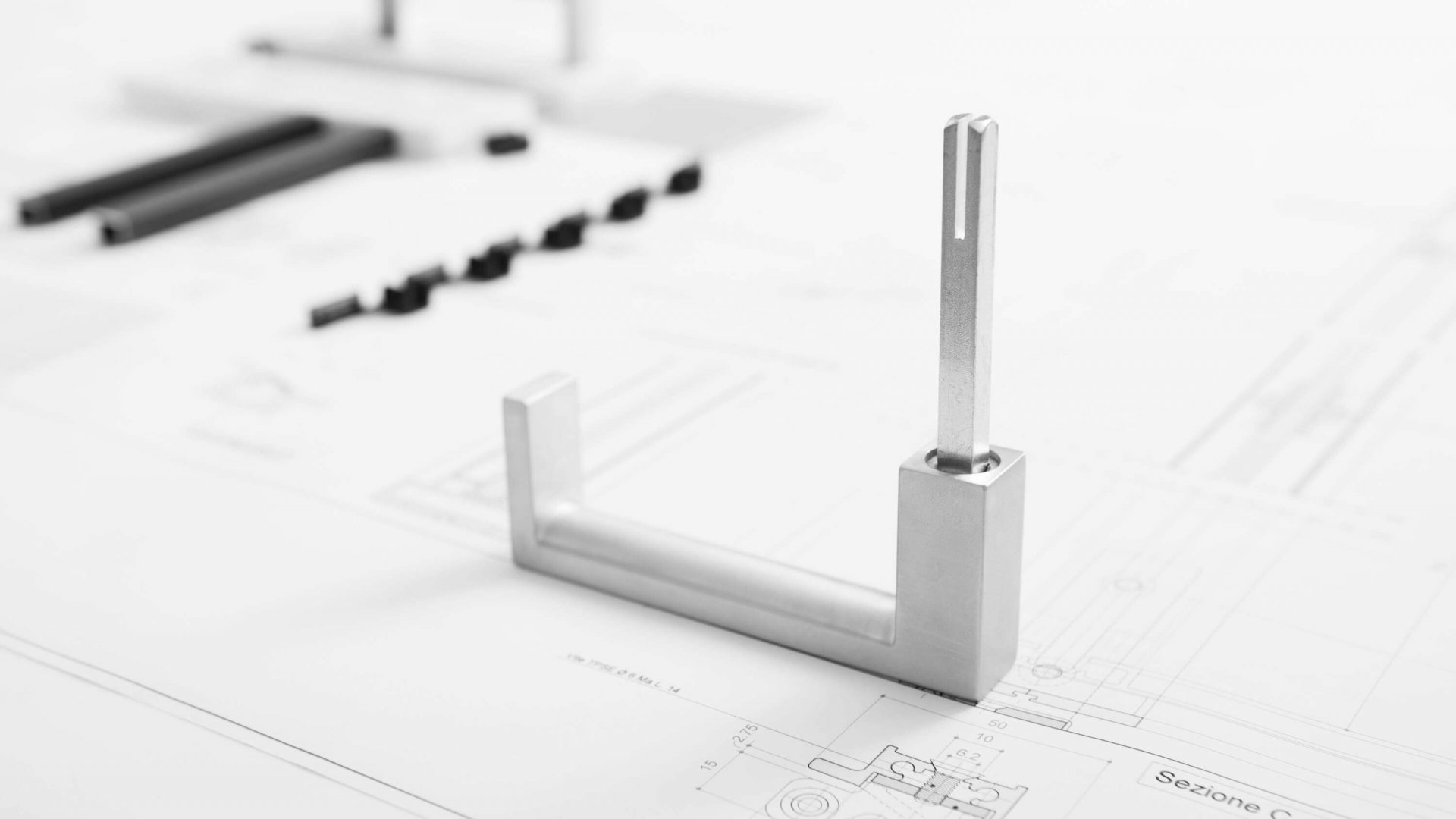
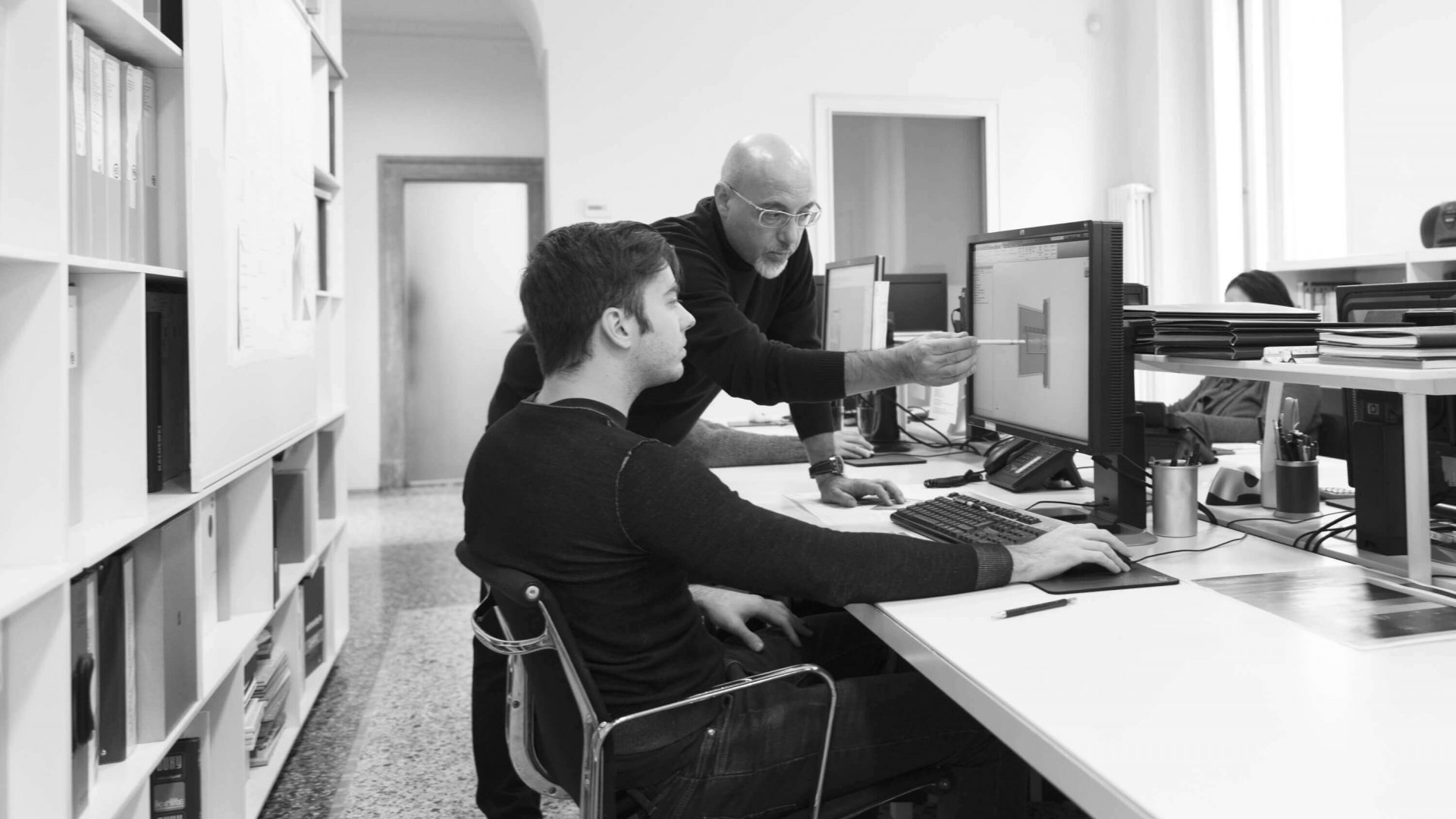
In the furniture and furnishings sector, as in other product areas, we are witnessing a progressive evolution in the concept of luxury. How is this aspect interpreted by Rimadesio?
The concept of luxury is an extremely personal one. In my opinion there is not a unique concept of luxury, there are many concepts to match just as many lifestyles which are the result of personal visions of reality. In my point of view, “luxury” is everything that contributes to making us feel good, giving us enduring pleasure and assurances. This is the reason why my design doesn’t shout- it speaks quietly, it is full of content but it does not want to be ostentatious: it aims to express a concept of a home for living rather than for display. We have set ourselves the objective of expressing a precise vision of the home, a vision in continuous evolution but firmly committed to the fundamental principles of quality, purity of form and durability.
And on that note, following the Italian crisis in 2008, I remember that some of our Rimadesio dealers expressed their concern and asked us to develop a more accessible range of products; after some careful reflection, we, together with the commercial management team, decided that the right path to take was another one, that is to say to observe that same path of qualitative growth and design we had been following for years. We have never expressed any doubts and we have never agreed to any compromises. The results, so far, have proved us right.
As well as design, Modern art and viniculture are your passions. It is no coincidence then that your chosen retreat is Tuscany. While chatting, I reflected on the work of the oenologist, who every year has only one opportunity to check and confirm his work. One harvest a year…
That is right! Just as in our work! Perhaps I am making an overstatement but similarly in our sector checks are limited, at best, to twice a year. Enology is a fascinating science, subject to variability of results, which are strongly influenced by a number of factors that gradually rear their head; and they must be managed with dedication, excellent production know-how and a good dose of personal sensitivity which makes the difference at the end of the day. I find it has a great deal in common with design.
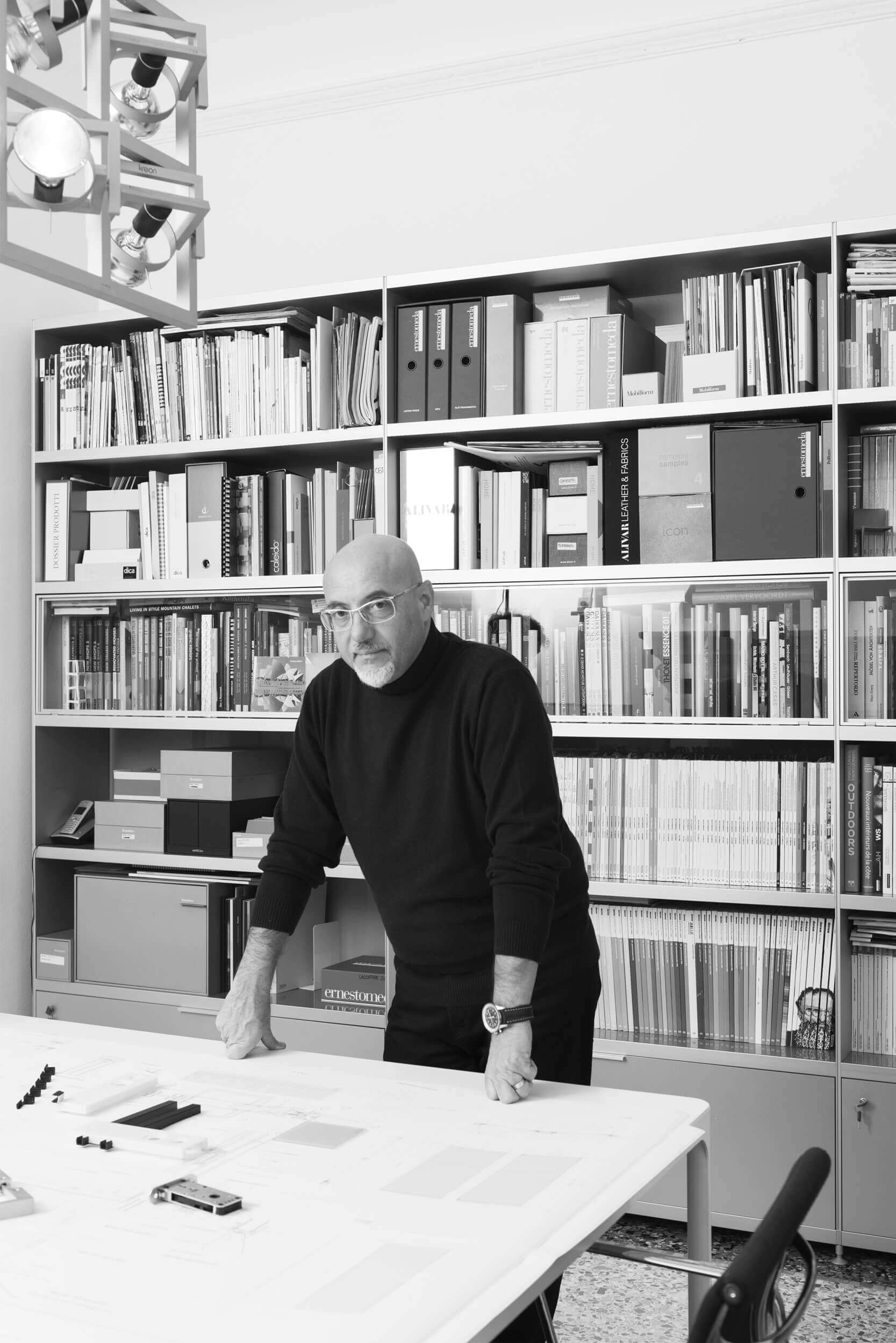
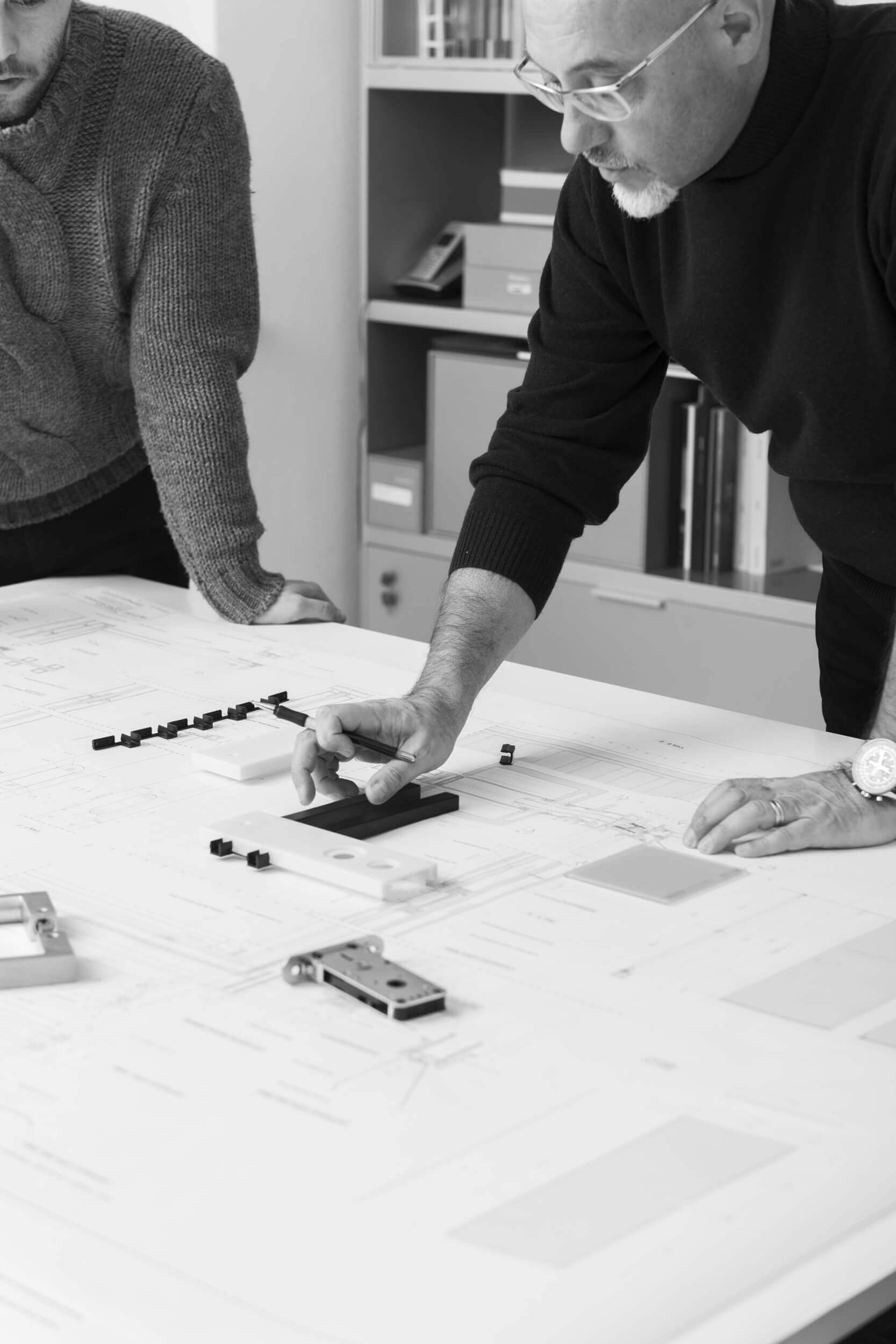
Biography
Architect and designer Giuseppe Bavuso lives and works in Seregno, north of Milan. In his projects he combines a rigorous, somewhat minimalist style with thorough technical research. At the beginning of his profession, he experienced different fields such as architecture, interior design and, above all, industrial design, in the automotive industry. In the furniture sector, he designs products in its entirety, from the conception to the engineering, to the aspects related to communication.
